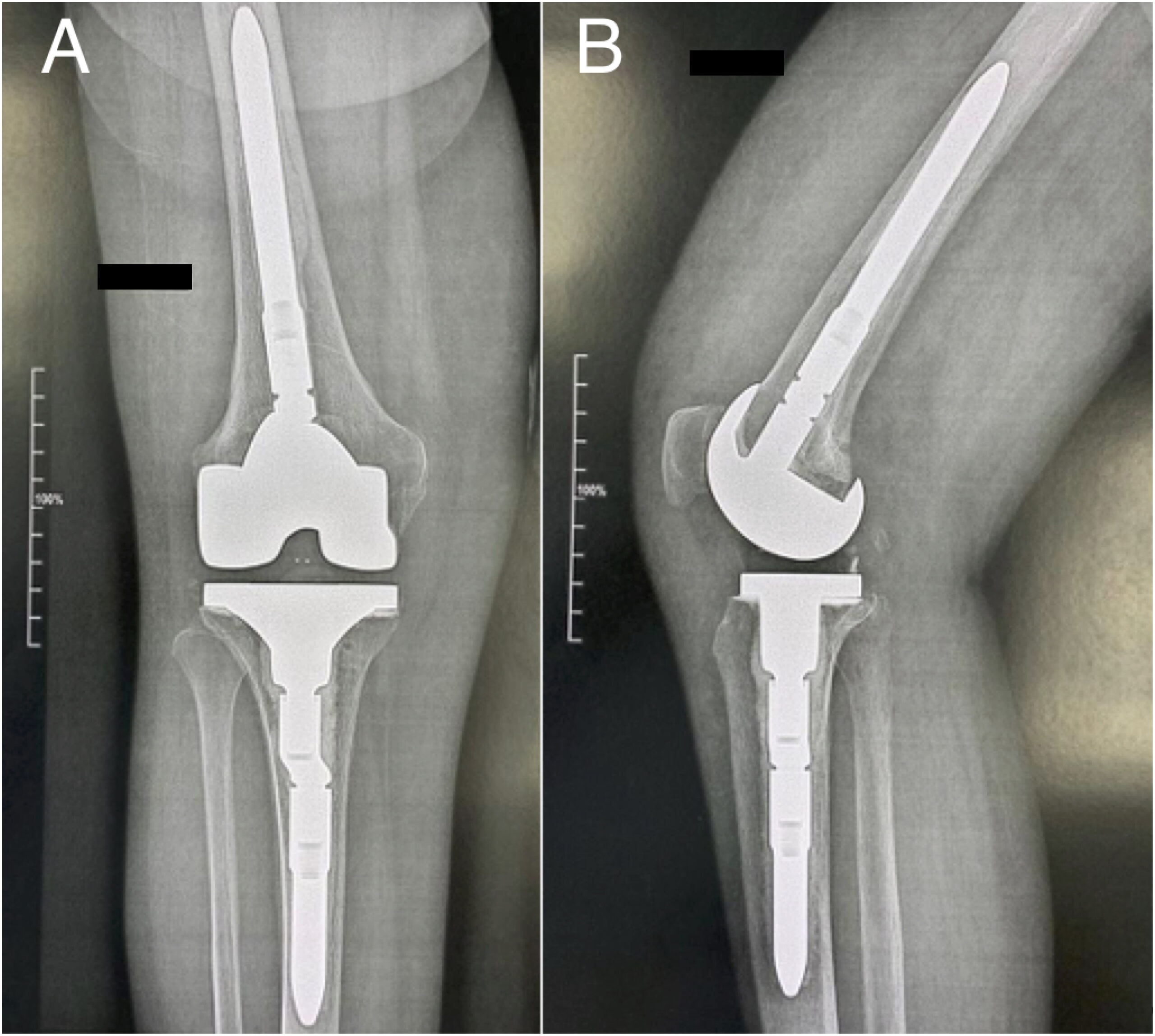A 77-Year-Old Woman with Osteoarthritis and Diabetes
January 4, 2023
A 77-year-old woman underwent primary lateral unicompartmental knee arthroplasty with cemented components for severe osteoarthritis of the lateral compartment of the right knee with a valgus approximately 5°. She had diabetes mellitus and hypothyroidism, but she had not undergone a previous surgical procedure on the right knee. The lateral unicompartmental knee replacement implanted was a SCORE implant (Amplitude) cemented with a size 1 femoral component, a size 4 tibial component, and a 12-mm fixed polyethylene bearing. A lateral approach and navigation were used. The postoperative radiographs are shown in Figure 1. The patient had no postoperative complications, but she still experienced pain after the surgical procedure.
At 11 years after the arthroplasty, the patient experienced a locking event of the right knee. The knee was locked at approximately 40° of flexion for a half-day. The patient heard a great clicking noise when she tried to walk on the right leg. After that, she could walk again but with lateral knee pain. She reported that she had not had trauma or an inciting event. She presented to our clinic 45 days after this episode. On physical examination, the knee was dry, the extension was complete, and the flexion was at 140°. The main symptom was lateral knee pain. Radiographs (Fig. 2) showed that the femoral component was pushed on the lateral condyle. This impaction was responsible for great valgus.
The patient underwent a revision to total knee arthroplasty, at which time the unicompartmental femoral component was completely mobile and was confirmed to have turned at 180°. The anterior cruciate ligament (ACL) was incompetent. All perioperative cultures were negative. At the 3-month follow-up, the patient had no pain, a range of motion of 145°, and satisfactory radiographs (Fig. 3).
Proceed to Discussion >>Reference: Bouché PA, Ehkirch FP. A 180° spin of the femoral component in unicompartmental knee arthroplasty: a report of 2 cases. JBJS Case Connect. 2022 Jan 12;12(1).e21.00363.
As far as we know, 180° rotation of a unicompartmental femoral component has not been previously reported.
The primary modes of failure of this lateral unicompartmental knee arthroplasty are progression of osteoarthritis and dislocations of the meniscal bearing.
The main goal of unicompartmental knee arthroplasty is not to modify the native hip-knee angle, which is a kinematic alignment. This alignment allows the patient to have a balanced knee. A misalignment can be the reason for a great coronal laxity. Another explanation of the 180° spin of the femoral component might be a weakness of the ACL. The ACL and the posterior cruciate ligament play a major role in knee kinematics and joint stability. A deficiency of the ACL can lead to high stress on the component of the unicompartmental knee arthroplasty, and the physical examination found an anterior laxity with the Lachman test.
We speculate that excessive coronal or sagittal laxity may have been the main reason of this complication. Indeed, this case occurred in actions of everyday life and without major trauma.
Further research on unicompartmental knee arthroplasties could be enriched if other orthopaedic surgeons are able to present similar cases and evaluate the risk factors of this failure.
This patient had consulted different nonspecialist and specialist doctors before coming to our clinic. The diagnosis was not made by other colleagues because the preoperative and more recent radiographs were not compared. In addition, the patient presented with normal knee mobility.
Reference: Bouché PA, Ehkirch FP. A 180° spin of the femoral component in unicompartmental knee arthroplasty: a report of 2 cases. JBJS Case Connect. 2022 Jan 12;12(1).e21.00363.
What is the diagnosis?
Dislocation of the tibial polyethylene
Extrusion of the tibial component into anterior soft tissue
Extrusion of the tibial component into posterior soft tissue
Aseptic loosening related to polyethylene debris
180° rotation of the femoral component

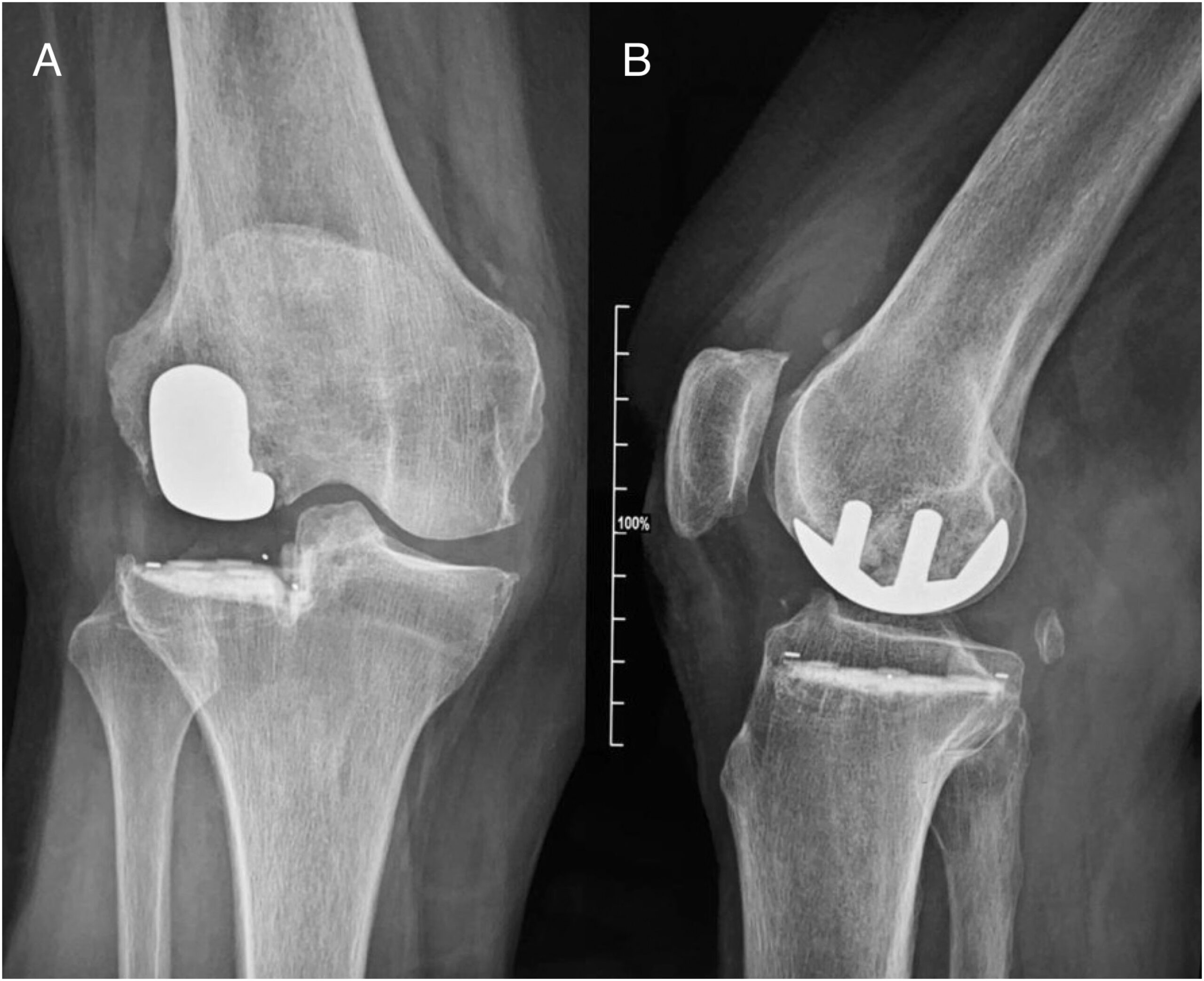
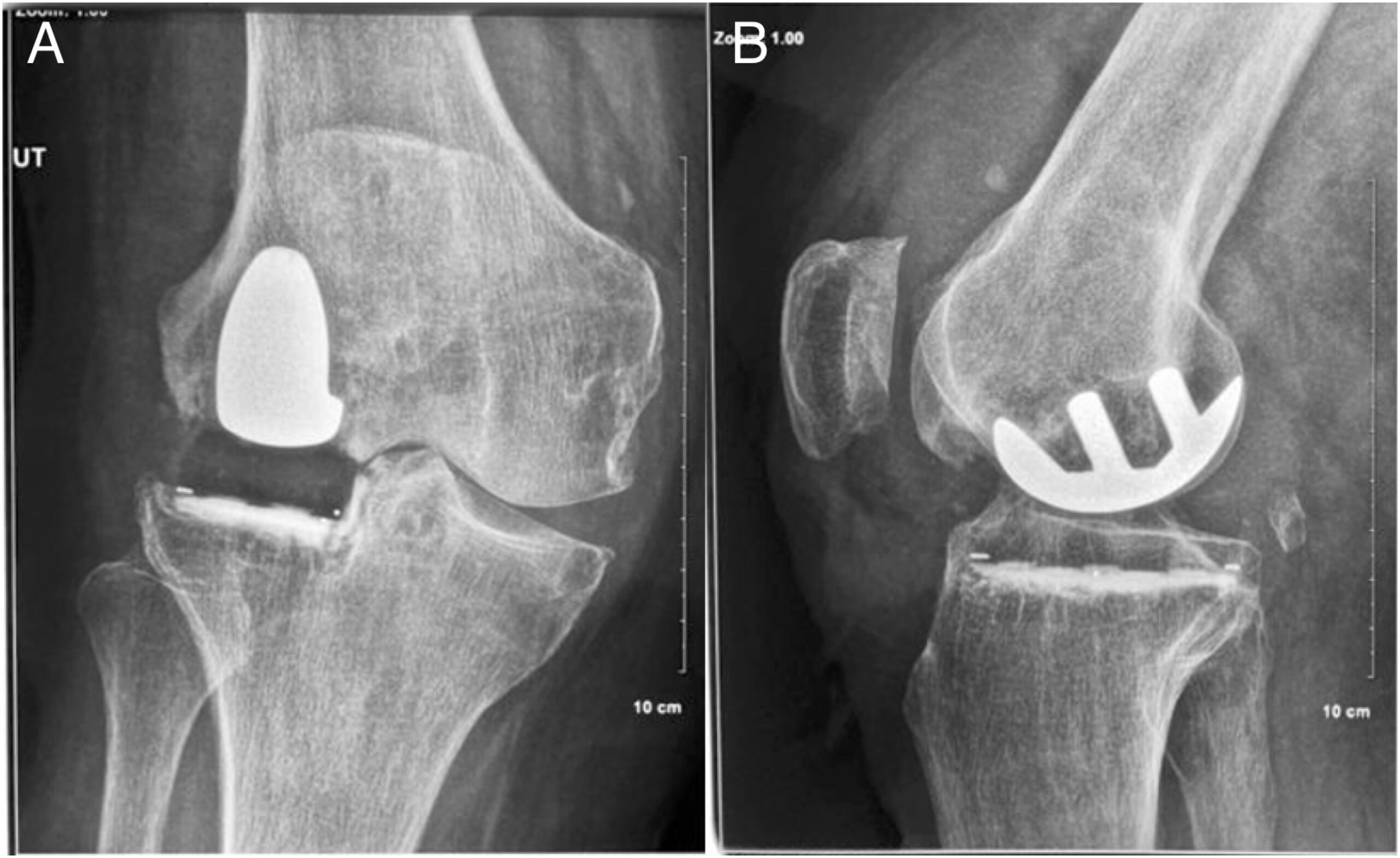
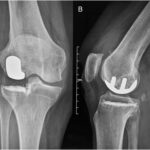 Fig. 1
Fig. 1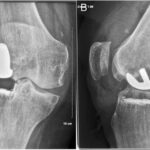 Fig. 2
Fig. 2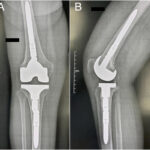 Fig. 3
Fig. 3